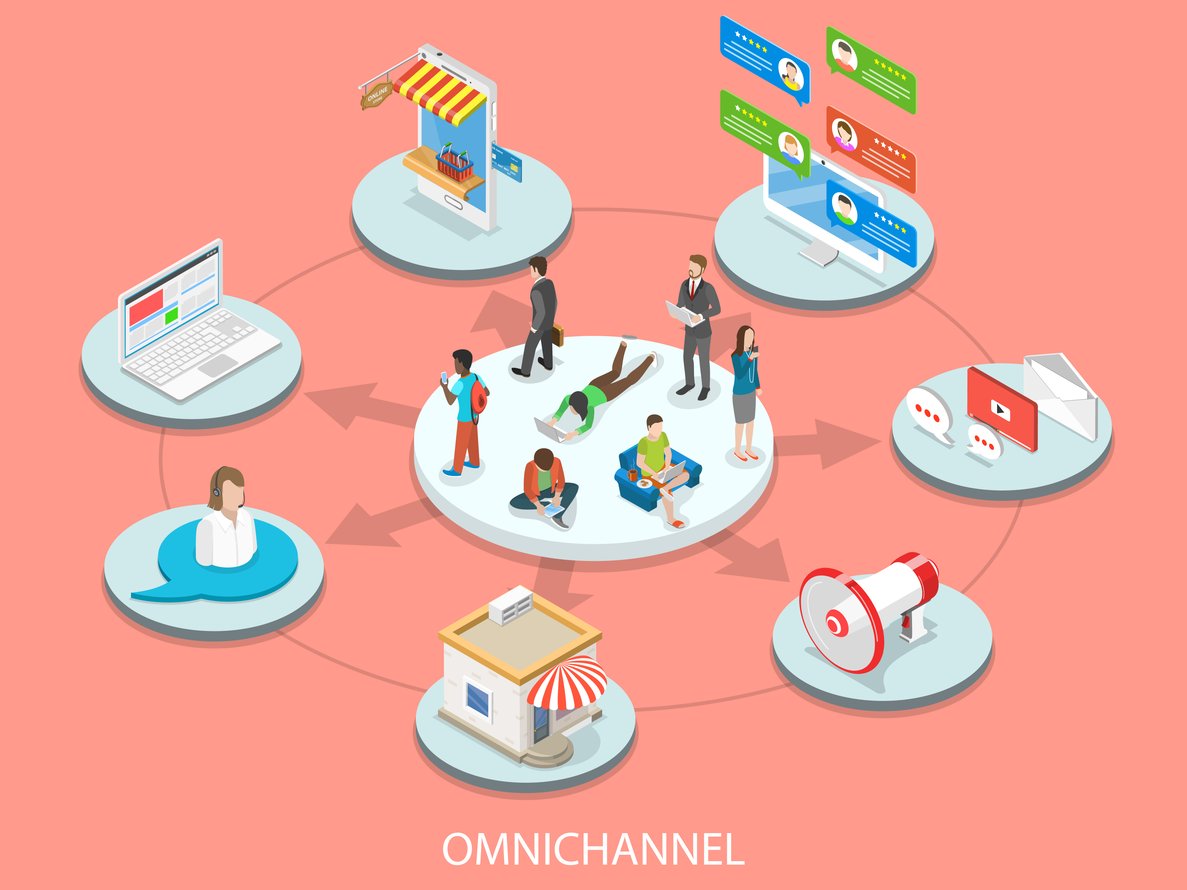In today’s era of advanced technology, the way retailers sell their product has changed drastically. Consumers have the choice of where and how to shop. They can go into a physical brick and mortar location, call on the phone, or shop online using computer/tablet/smartphone. They can also do some simultaneously! 25% of Americans have actually made an online purchase while standing in the brick and mortar store. Each way the consumer shops means different things for your company.
What does multichannel mean?
A multichannel sales approach is when the sales and marketing channels run parallel to each other. They operate independently, with no interaction or integration. An example of a multichannel approach is how brick and mortar stores added in phone, catalog, and eventually online sales. They have now given their customers the option of purchasing in the store, over the phone, or through the catalog. The problem with this is that while the consumer is able to purchase in a way that is convenient for them, if they placed a phone order and then walked into the store and wanted to follow up, the store might not have any information.
What does omnichannel mean?
Omnichannel is actually a multichannel approach. An omnichannel approach to sales is when all of the sales and marketing channels are integrated. So the brick and mortar store that sells by phone, catalog, and online, now has those channels communicating and integrating with the other. With 73% of consumers shopping across more than one channel, and 86% regularly channel hopping across at least two channels, it is important that the customer has a seamless experience no matter where he accesses his order information. Practically this means that if consumers place an online order, they would have the choice of picking up in store (BOPIS) or having the item shipped. 70% of online shoppers in the US have used BOPIS.
What is right for you?
For the customer, the right choice is always to have an omnichannel approach. However, as a retailer, you need to decide which approach is most cost effective for your company. To decide which is the right option for you, you need to fully understand how each approach will affect your business. Most specifically, how this will affect how and where your products are warehoused, and from where those products are shipped. With a multichannel approach, consumers purchase things through different touchpoints, and each touchpoint will have its own process of how to send the purchases to the consumer. With an omnichannel approach, the online and offline orders can be combined, and all items can be shipped together or picked up together as if they were placed in one order.
How to manage inventory?
One problem some businesses are having with fully adopting the omnichannel approach is inventory management. The multichannel approach generally leaves each channel responsible for its own inventory levels. The omnichannel approach allows orders processed through different channels to be combined. As the business grows, management of inventory across all channels becomes more complex. Without the proper order/inventory management software in place the job of maintaining correct inventory levels across all channels becomes more time consuming and more important than ever. If you want to enhance the customer experience, you need to ensure that you will be able to fulfill orders across all channels seamlessly and with no shortages.
Since the only physical interactions most retailers have with their consumers is through the hands of the pickers and packers in your warehouse, it is extremely important that everything in your warehouse is done properly. Picking, packing, and shipping should all be done with customer satisfaction in mind. With the correct order/inventory management software in place, information sharing across all channels is easy. And filling orders is effortless.
SkuNexus is the best fully customizable order/inventory/warehouse management software in the world! From managing inventory levels to picking, packing and shipping using the most cost effective method, SkuNexus will help you give your consumers the best shopping experience.
Click here to find more!








